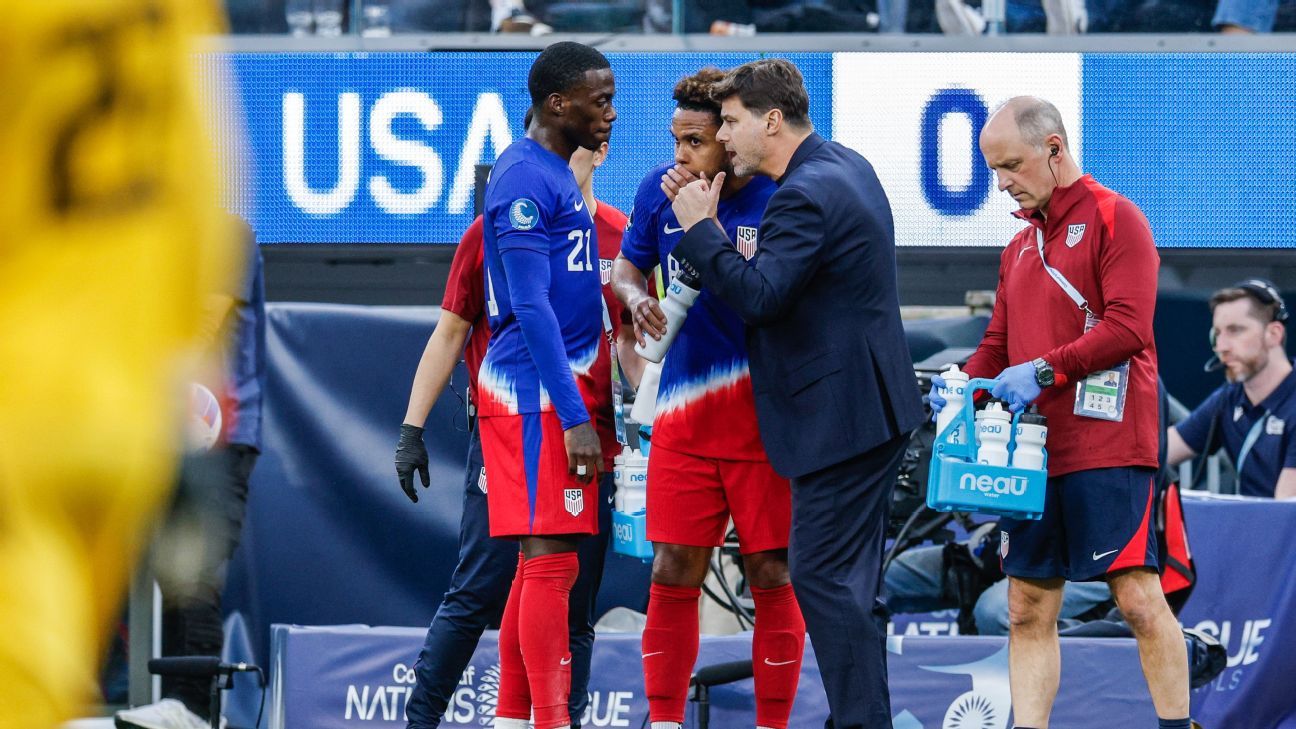Don’t dwell on “democracy,” and other new findings about how to market local news

What messages — down to the specific words — get Americans interested in supporting local news? And which words have the opposite effect, alienating potential supporters?
These might not be natural questions for local reporters to ask themselves, given that they apply a marketing or PR lens to a mission-driven profession often concerned with getting past PR and marketing jargon. But the answers matter, and some leaders in local news have begun to grapple with them strategically.
Now, new research commissioned by Press Forward, published on Wednesday in the form of two detailed toolkits geared toward newsrooms and funders, offers some concrete and possibly surprising answers.
The research, which surveyed more than 3,000 U.S. adults, sought to “understand how Americans view local news, how those views differ across communities, and which messages most effectively inspire trust, connection, and action.”
Takeaways
“More than eight in ten respondents say they feel they can easily find and access trustworthy local news and information.” In other words, people do not necessarily perceive an absence of local news.
“Local news and information” > “Community news and information.” Per the research, “over a supermajority” (70%) prefer “local” to “community” news and information.
An overwhelming majority of respondents said local news matters to them personally — but it’s a smaller majority among young adults. Asked directly, 87% of all respondents said local news matters to them personally; for 18- to 29-year-olds, it was 77%.
Seven in 10 respondents “expressed willingness to pay something” for local news — once they understood local news is in crisis. That’s a lot more than report paying for local news. “When asked about willingness to pay for trusted local news regardless of current payment status, 70% of all respondents expressed willingness to pay something, with most aligning in the $10 and under monthly range (once the context of local news being in crisis was explained).”
If you’re politically progressive and you make six figures, you’re probably more willing to pay for news. Specifically, the research found “the demographic most willing to pay makes between $100,000–$200,000 annually, and tend to be more progressive.” On the other hand, the research found more resistance to paying among those above age 55 and making under $50,000 annually.
Rural news consumers “show a distinct preference for Facebook” among social platforms. Overall, Facebook and Instagram “lead usage patterns” among all respondents who use social media for local news, while Instagram and TikTok are the most common sources for 18- to 29-year-olds.
Improving safety from crime and drugs was the highest-ranked community concern. Thirty-five percent of respondents ranked this as their top issue; 33% named reducing local taxes and fees; 30% said creating more affordable housing. Around 15% listed “ensuring residents have access to reliable, fact-based information in their communities.”
Providing information during emergencies, holding leaders accountable, and keeping people informed about local issues are the features respondents said were most important for a local source of information to deliver.
Advice
Avoid “democracy” — the word, not the concept. From the research:
Words that tested poorly across demographics
- Democracy (when used as a political appeal)
- Republican
- Democrat
- Marginalized (without clear civic relevance)
- Political
- Storytelling (yup)
- Healthy or unhealthy (when referring to communities)
- Nonpartisan
- Objective
Phrases that resonated across demographics
- Local news is a public good
- Unbiased local information
- Trustworthy news
- Trustworthy local information
- Local news as a civic utility (like roads or schools)
- News as a community connection
- Emphasis on practical outcomes — safety, accountability, participation
The funder toolkit notes “words like ‘community’ and ‘service’ unite people across political divides, while industry terms can create barriers to understanding and support.”
This research was conducted by a strategic communications firm, and consisted of an online survey, conducted in April, of 3,001 U.S. adults in English and Spanish. That was supplemented by interviews and focus groups of 18- to 29-year-olds, conservatives, and Spanish-speakers, plus seven “place-based discussions” in Atlanta, Ohio, Arizona, Kentucky, Kansas, Pennsylvania, and West Virginia. The firm also did “message alignment testing” with key stakeholder groups and random-control testing of more than 5,000 respondents “to measure which messages most effectively shifted attitudes and intentions around supporting local news.”
You can find the full toolkits for both newsrooms and funders, including lots more tips on tailoring messaging to specific groups, here.
Pericles’s funeral oration art from 1955 Greece 50 Drachmai banknote, Adobe Stock
What's Your Reaction?
 Like
0
Like
0
 Dislike
0
Dislike
0
 Love
0
Love
0
 Funny
0
Funny
0
 Angry
0
Angry
0
 Sad
0
Sad
0
 Wow
0
Wow
0












































































